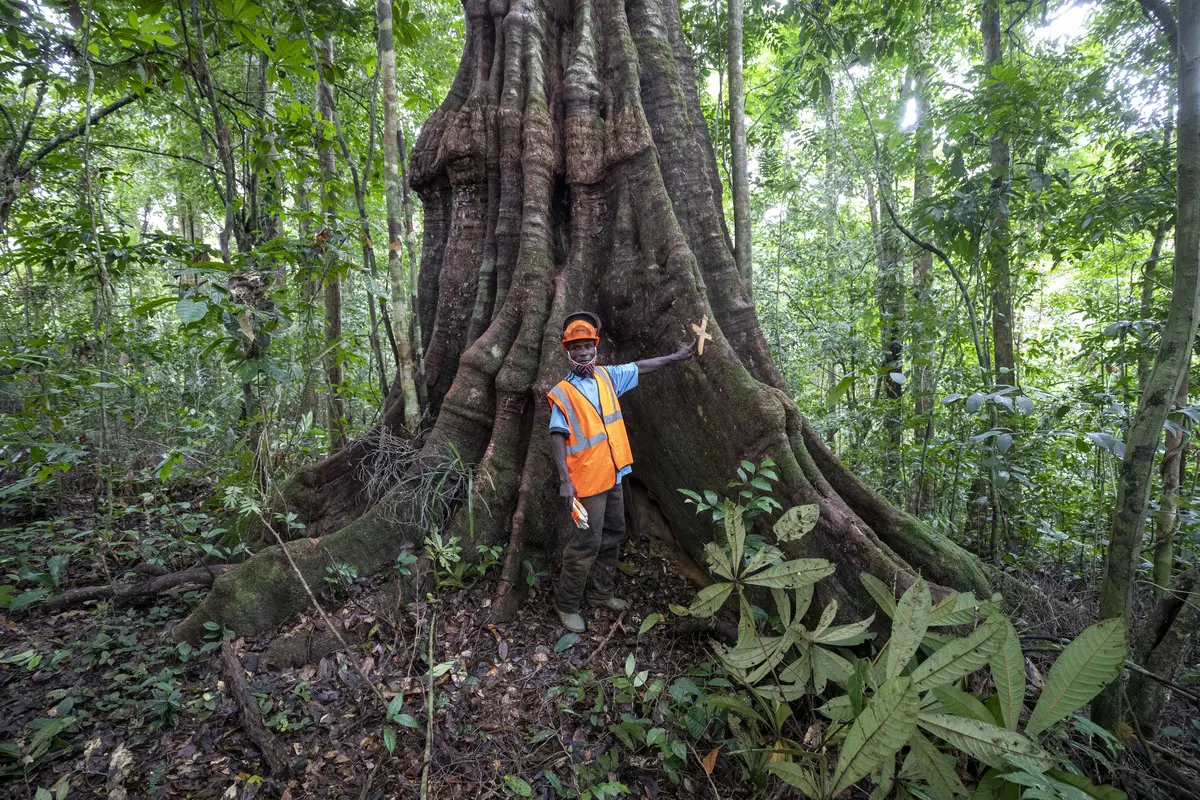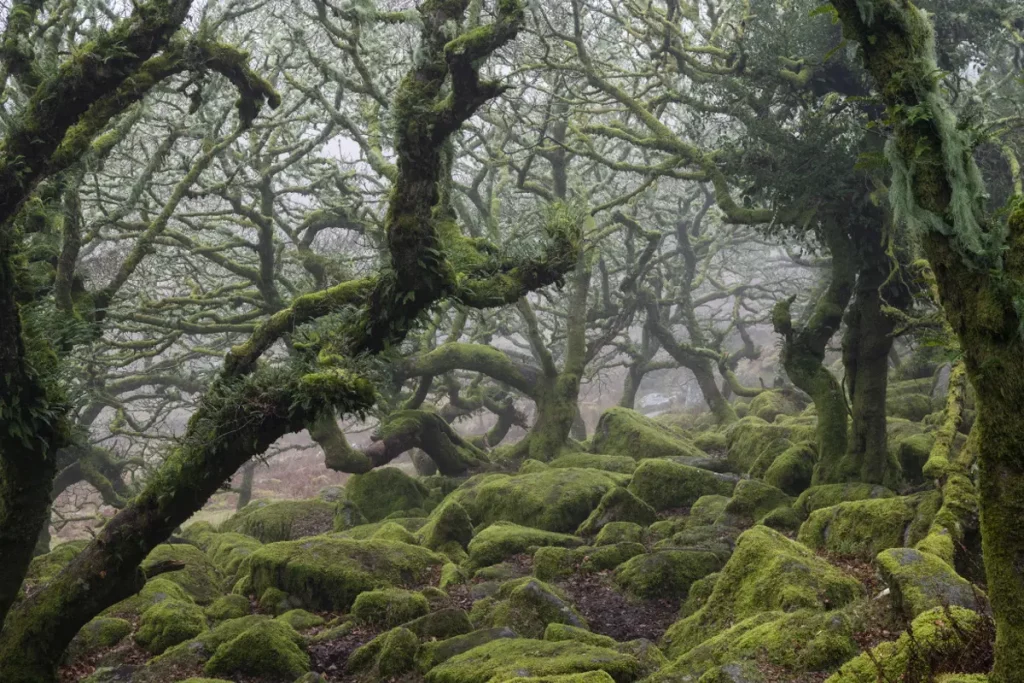Responsible Forestry: to preserve and maintain old-growth forest conditions, the United States Department of Agriculture and the 128 forest land management plans
What are Responsible Forestry Practices?
The idea of sustainable forestry supports the very survival of forestlands because the approach’s goal is to preserve forests. In this way, forests continue to provide benefits to humans, but in order to do so for a longer period of time, responsible resource use and restoration are required.
This can be achieved through the principles of preservation, rehabilitation, and reforestation. These key principles are supported with governmental incentives and restrictions, corporate social responsibility, non-governmental initiatives, and environmental awareness.
Human commitment to preserve forests: from Poland to the United States. Plans to help ecosystems for food, raw materials, and medicine
Today, in the European Union, old-growth forests have become hard to come by and scattered. They occupy no more than three percent of the European Union’s total forested area and one point two percent of its land area.
In addition, these forests are unevenly distributed as ninety percent of them are located in Sweden, Bulgaria, Finland, and Romania. While old forests have, over time, seen their size and prevalence decrease, their value hasn’t.
Old-growth trees vital role in supporting floral and faunal species – human commitment to preserve threatened ecosystems
All over the world, old-growth forests, like forests as a whole, are much more than a source of industrial raw materials. Old-growth trees and their forests, in particular, play a vital role in supporting many floral and faunal species, preserving biodiversity and genetic diversity, providing essential ecosystem services, and mitigating climate change and its local, regional, and global impact.
Forests are facing threats worldwide due to the effects of the climate crisis, such as increased fires and irresponsible forestry practices in the form of logging activities. There has been, though, in these past years, interest across the globe at the political level to implement responsible forestry and human commitment to preserve these ecosystems and stop the ongoing global loss of old-growth forests.
Responsible forestry: the value of old-growth trees and preserving their forests
All trees and forests might look the same to the untrained eye. Behind the surface, though, these ecosystems hide a world of differences. In addition to species composition and topographic position, age is an aspect that shapes forests’ characteristics. Old-growth forests, also known as senescent or primeval forests, are ecosystems that have existed for centuries.
A prolonged lack of disturbance from anthropogenic or natural stressors such as logging or intense fires has allowed these value ecosystems to become old growth. Thanks to this lack of disorders, old-growth forests developed a plethora of aspects that have made ecologically and culturally valuable for past, present, and future generations.
Thanks to the abundance of standing dead trees, they have plenty of nesting places for forest animals. They have layered canopies and many fallen trees, which allow understory vegetation, like ferns and shrubs, fungi, and animals, to thrive.
Responsible forestry to preserve ecosystems for future generations
Their ecological services don’t end here as in addition to creating microhabitats and micro-climates that permit an ample variety of species, including engaged ones, to coexist and flourish, old-growth forests produce oxygen (O), fix nitrogen (N), and sequester sizable quantities of atmospheric carbon dioxide (CO2) in comparison to young ones, making up at least ten percent of the global carbon sequestration capacity.
These forests, teeming with life, have been improving the quality of air and water and the lives of generations of people, as these ancient forests also hold spiritual, cultural, and aesthetic value. They are the background, subject, and inspiration of countless stories and artworks and a feature of local cultures and histories.
Despite the ecological role they play in mitigating the impact of climate change and safeguarding wildlife and their socio-cultural benefits, they have been feeling the pressure of climate change and fires, in addition to intense logging. Given their cultural and ecological benefits, laws mandating responsible forestry must be applied when managing these forests to preserve these ecosystems for future generations.
On both sides of the pond, laws protecting these ecosystems are being proposed or implemented, but the old-growth forests of Europe and the United States are still under threat.
The Biden Administration’s plans to safeguard old-growth forests in the United States
According to a study conducted by a group of NGOs and published in 2022 in the journal Frontiers in Forests and Global Change, Mature and Old-growth forests (MOG) constitute around 67.2 M ha or thirty-five-point-nine percent of all forest structural classes in the United States. Federal lands host most of these forests, thirty-five percent.
In the country, only 24% of the Mature and Old-growth forests on national forest and Bureau of Land Management (BLM) lands are fully protected. Despite the US’s mature and old-growth forests’ support of biodiversity, they declined due to urbanization and logging.
In the North American country, upon the Biden Administration’s Executive Order 14072 of April 22, 2022 the BLM and U.S. Forest Service carried out a national inventory of mature and old-growth forests that was published the following year.
A proposal to change all 128 forest land management plans
In line with this executive order, on December 19, 2023, to preserve and maintain old-growth forest conditions on national forests and grasslands across the country, the U.S. Department of Agriculture announced a proposal to change all 128 forest land management plans.
«Old-growth forests are a huge part of our ecosystems and a special cultural resource. This proposed national forest plan amendment – the first in the agency’s history – is a big step for responsible forestry in conserving these national treasures», said Agriculture Secretary Tom Vilsack. «Climate change is presenting new threats like historic droughts and catastrophic wildfires. This clear direction will help our old-growth forests thrive across our shared landscape».
«Our forests absorb carbon dioxide equivalent to more than 10% of our nation’s annual greenhouse gas emissions», explained White House Council on Environmental Quality Chair Brenda Mallory. «Under President Biden’s leadership, our Administration is acting to conserve and restore old-growth forests so nature can continue to be a key climate solution».
Reaction to the U.S. Forest Service proposed policy to conserve old-growth trees and forests on federal lands
The U.S. Forest Service has been urged to tighten its proposed policy to protect old-growth trees and forests on public land by more than 100,000 individuals and more than 170 organizations. Public commenters called for stricter exceptions and restrictions to ensure the protection of old-growth trees and the end of the commercial harvesting of these trees.
The draft proposal from the Forest Service contains a number of gaps that could make it challenging to meet its objectives. One is the exclusion of the protection of the largest old-growth national forest, the Tongass National Forest, where old-growth harvesting would still be permitted.
Protecting old-growth forests in Poland: a first step from the government to protect the country’s ancient forests
European forests have been used as a source of industrial raw materials for a long time, and the economic interests in these raw materials, combined with urbanization and the consequences of climate change, have put the continent’s old-growth forests in peril.
The EU Biodiversity Strategy for 2030 has set a goal to rigorously preserve every primary and old-growth forest in the European Union. This objective is a component of a larger one to safeguard thirty percent of the EU territory and to put ten percent of the EU territory under rigorous protection. Poland is home to some of the continent’s last Old-growth forests, such as the Białowieża Forest, which lies on the border between the country and neighboring Belarus and was recognized as a World Heritage site in 1979.
In the context of the EU’s commitments, Poland has made a first step towards protecting the nation’s old-growth forests. On January 8, 2024, in the Polish capital, Warsaw, the country’s Ministry of Climate and Environment announced its move to protect its ancient forests. The center of this first action are forests between 100 and 200 years old, forests that reduce flood risk, mountain forests, and old-growth forests with historical and cultural value.
In 2024, logging restrictions will be implemented in ten sites
«We move on from words to action. We have decided to issue the first decision to limit and halt the feeling of Poland’s most valuable forest areas. It is time to move the saws out of some of Poland’s forests, especially those that cut down the most valuable natural objects. We are working on a systemic solution that will include more areas, and that will be consulted with representatives of the State Forests, local authorities, and local communities». Said the Minister of Climate and Environment, Paulina Hennig-Kloskain, at the press conference announcing this decision related to responsible forestry.
In 2024, logging restrictions will be implemented in ten sites, such as the Borecka Forest and the Romincka Forest, with an emphasis on forests that surround urban settlements such as the cities of Białystok, Gdańsk, and Wrocław to prevent flooding in densely populated areas of the Eastern European country.
European Union – are there laws protecting old-growth forests?
At a European Union level, the loss of old-growth forests is addressed within the European Union’s Biodiversity Strategy for 2030. This strategy adopted in 2020 includes the Union’s commitment to protect all the remaining primary and old-growth forests on its territory, with the EU providing guidelines for identifying, mapping, and monitoring primary and old-growth forest areas.
Despite this commitment, some experts have expressed concern about its implementation. In a commentary published last year in the journal Science, researchers from across the globe called for a logging moratorium on areas that could potentially host old-growth forests. In addition to the moratorium, according to these experts, the EU should ask member states to cover the protection of old-growth forests in their national strategies.
Bureau of Land Management
The Bureau of Land Management (BLM) is an agency part of the United States Department of the Interior that manages the federal government’s lands in the United States.




















